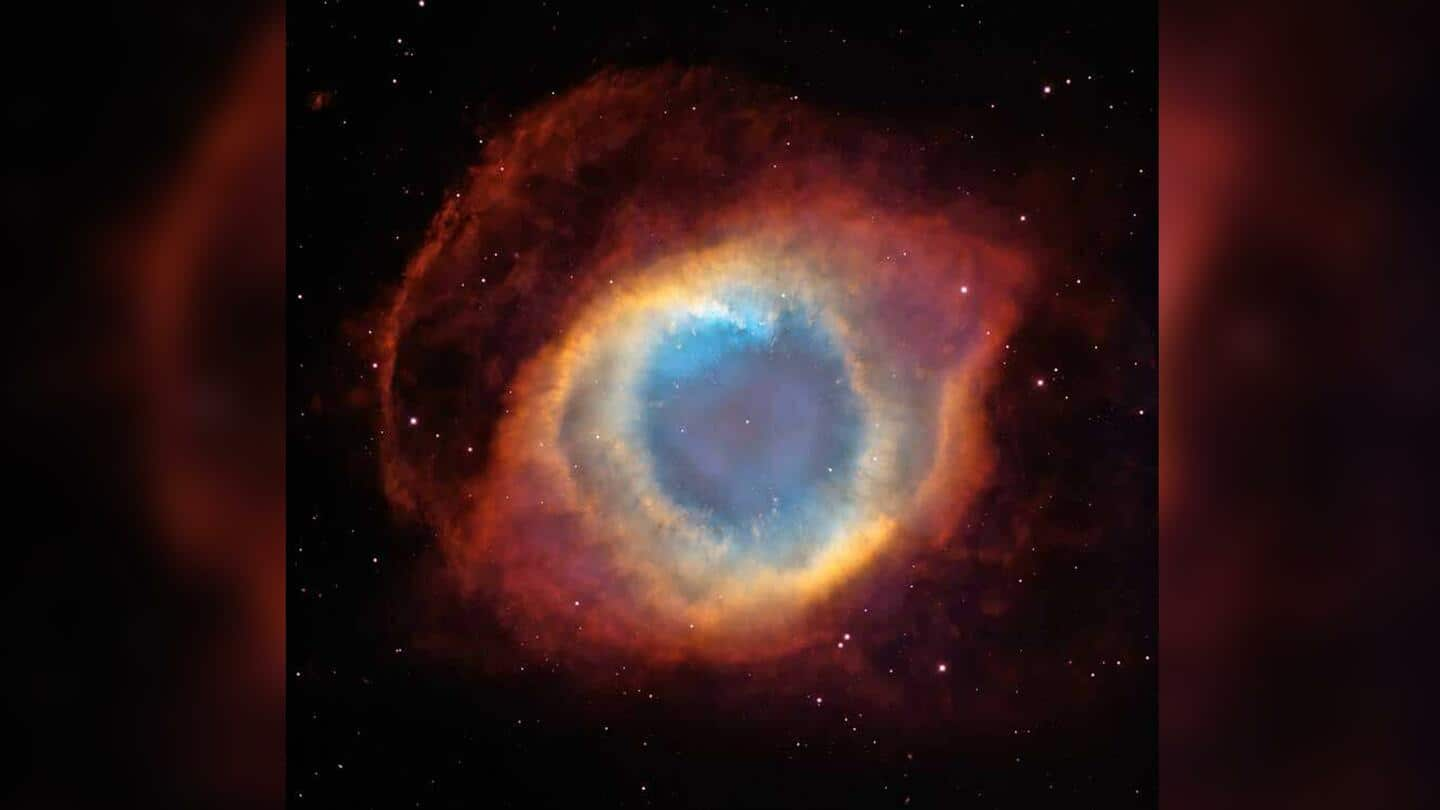
India's SARAS 3 telescope probes into universe's first stars, galaxies
What's the story
Data from the Shaped Antenna measurement of the background Radio Spectrum 3 (SARAS) telescope has helped astronomers estimate the properties of some of the earliest stars and galaxies, formed around 200 million years after the Big Bang. It provides insights into the primitive radio-luminous galaxies, which are usually powered by black holes. The telescope was developed at the Raman Research Institute (RRI), Banglore.
Context
Why does this story matter?
The SARAS 3 telescope was deployed over the Dandiganahalli lake and Sharavathi backwaters in Northern Karnataka in March 2020. The radio telescope has been designed to capture even the faintest radio wave signals originating from the depths of the cosmos when the first stars and galaxies started taking shape in the early universe, a period termed the 'Cosmic Dawn.'
Details
Radio signals from early galaxies are difficult to detect
Properties of early galaxies have been investigated by observing emissions from hydrogen atoms present in and around galaxies. The radiations have an approximate frequency of 1,4220Mhz. However, it reaches Earth at a much lower frequency of 50-200MHz. These radio signals are faint and are often hard to detect. Radiation from our galaxy and man-made terrestrial inferences make it challenging to pick up these signals.
Investigation
The SARAS-3 telescope picked up a 21cm hydrogen signal
It's the first time that a 21cm hydrogen signal has provided insights into the earliest stars and galaxies. "Our analysis places limits on some of the key properties of the first sources of light, including the masses of the earliest galaxies and the efficiency with which these galaxies can form stars," said Dr. Anastasia Fialkov, one of the authors of the paper.
Study
Researchers from various institutes have contributed to this study
This study is one of its kind. Scientists have estimated the luminosity, energy output, and masses of the first generation of galaxies by capturing radio wavelengths. The study was carried out by researchers from the University of Cambridge, the University of Tel-Aviv, RRI, and the Commonwealth Scientific and Industrial Research Organisation (CSIRO) in Australia. It has been published in the journal Nature Astronomy.
Official words
Observations from SARAS 3 have significant implications
"SARAS 3 has improved our understanding of astrophysics of Cosmic Dawn, telling us that less than three percent of the gaseous matter within early galaxies was converted into stars," said Saurabh Singh, an author of the paper. "The earliest galaxies that were bright in radio emission were also strong in X-rays, which heated the cosmic gas in and around the early galaxies."